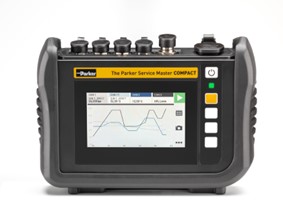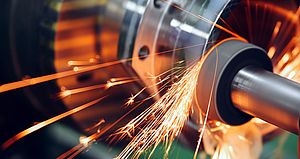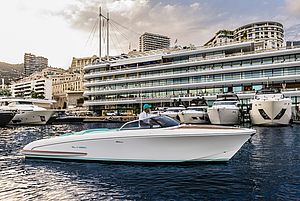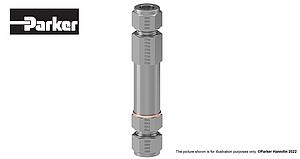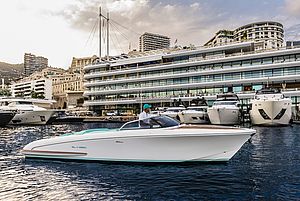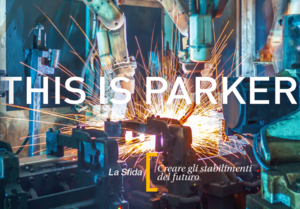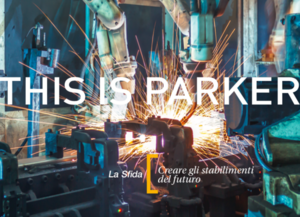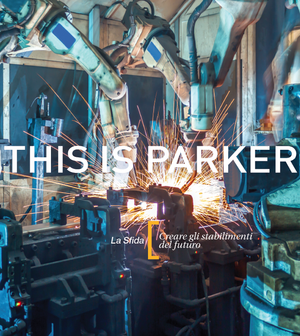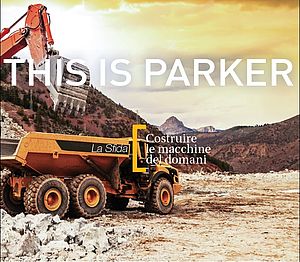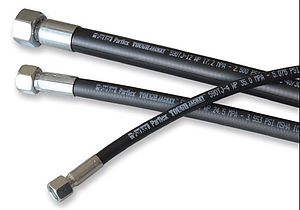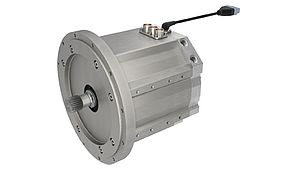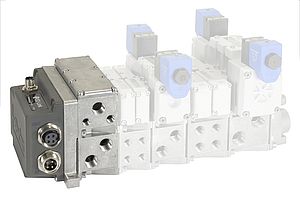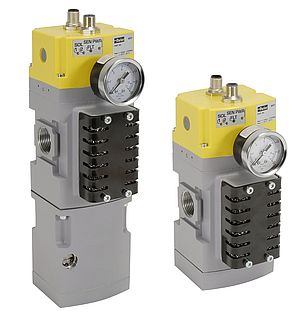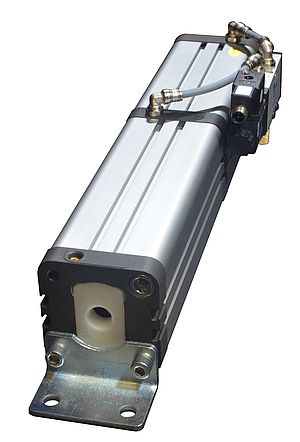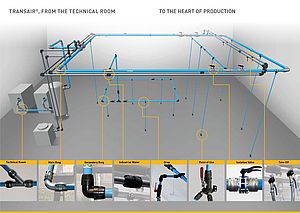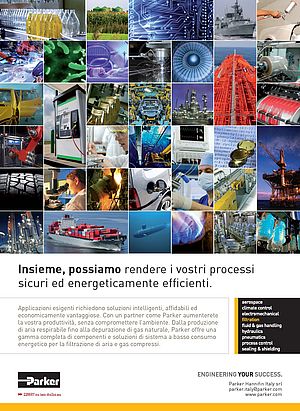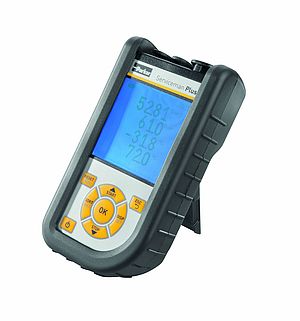There is a lot of talk about the need to cut emissions and meet stricter governmental mandates which is, understandably, why more OEMs are taking a more serious look at hydrogen options. Although much of the market is still focused on the potential of battery-powered vehicles, hydrogen fuel cell vehicles offer a viable supplement that is, at least for now, better suited for longer ranges and faster refuelling.
However, hydrogen presents its own set of challenges, and manufacturers need to think carefully about necessary design changes to their onboard fuel systems to meet the added demands of hydrogen. Here are some of the more important considerations when deciding to convert your fuel source.
More green options today
Today there are more green power source options than ever before to fuel transportation fleets. And every OEM and fleet operator needs to determine which option works best for a specific application. This means deciding whether to go the route of natural gas (sometimes also referred to as methane) or hydrogen. (For purposes of the article, we are focusing on compressed (not liquid) hydrogen since more manufacturers currently use compressed natural gas (CNG) vs. liquid and, to date, there has been more market demand for compressed hydrogen vs. hydrogen in a liquid form).
Both CNG and hydrogen are gases, can be used in an internal combustion engine (ICE) and are cleaner than diesel. However, while CNG is cleaner than diesel, it still contains some carbon. Only hydrogen represents the truly zero-carbon solution. On the downside, hydrogen is not as energy dense, so you need to store more of it, and it must be stored at a much higher pressure to achieve the same range. Whereas CNG vehicles typically keep natural gas at pressures of around 3,600 psi, hydrogen vehicles store their fuel at pressures of 5,000 psi up to 10,000 psi. This higher pressure presents safety, as well as operational, challenges.
Increasingly stricter standards
Any component in the fuel delivery system, including seals, fittings and filters, must be compatible with the fuel to avoid premature failures or catastrophic leaks and help ensure a leak-free system.
Many components found on a hydrogen vehicle can be validated through HGV3.1 or the soon- to-be released ISO 19887. HGV3.1, which was recently released, was published by ANSI and CSA and is more commonly followed in the U.S. ISO19887, is projected to be released soon. Both standards will share similar requirements.
When choosing components for your hydrogen system today, it is important to make sure they are certified to either EC-79 or HGV3.1 approvals. EC-79, which is being phased out and replaced by ISO 19887, is an EU-created certification that ensures the safety and performance of hydrogen equipment under different pressures, electric, mechanical and thermal conditions. It addresses the pressure containment, performance, and safety characteristics of newly produced compressed hydrogen gas fuel system components intended for use on hydrogen gas-powered vehicles.
Components that have not met these higher standards may not be able to withstand the higher pressures associated with hydrogen-fuelled vehicles. Any component in the fuel delivery system, including seals, fittings and filters, must be compatible with the fuel to avoid premature failures or catastrophic leaks and help ensure a leak-free system.
A common problem associated with hydrogen-incompatible materials is hydrogen embrittlement, also known as hydrogen-assisted cracking or hydrogen-induced cracking. Hydrogen embrittlement is a reduction in the ductility of a metal due to absorbed hydrogen. Since hydrogen atoms are small and are under tremendous pressure, they can permeate solid metals. Once absorbed, hydrogen lowers the stress required for cracks in the metal to initiate and propagate, resulting in embrittlement. Hydrogen embrittlement occurs most notably in steels, as well as iron, nickel, titanium, cobalt and other alloys. Copper, aluminium and stainless steel are less susceptible to hydrogen embrittlement, although only the right grades of stainless can be used—typically austenitic steels such as SS316.
Lessons from the past
If you are considering converting your fleet or, at least, part of it to hydrogen, it may at first seem like an overwhelming task because of all the changes needed in system design and concerns regarding component material compatibility. However, take comfort in knowing that you do not need to start from scratch in addressing various challenges because, if you are already using CNG to some degree, you have already likely solved some of the challenges you’ll face in using hydrogen.
For example, there are already on the market sealing solutions that have been designed to handle higher pressures. Proper seals are critical when handling gases at elevated pressures, especially considering the amount of vibration experienced while traveling over the road. Seal-Lok™ fittings and adapters from Parker, for example, were specially created for onboard hydrogen and CNG fuel systems. The Seal-Lok fitting design is approved for seven hundred bar (10,000 psi) hydrogen service and CNG service up to 250 bar (3600 psi) Seal-Lok fittings feature an enhanced flat-face sealing surface and approved O-ring compounds that meet the demands of high-pressure gaseous service.
O-rings overall have proven more effective than metal-to-metal connections in maintaining a leak-free seal despite the challenges of added vibration from over-the-road travel. O-rings are also easier to replace since you can simply drop out the damaged component. With metal-to-metal connections, you may need to replace the entire tube assembly.
Lessons have also been learned from working with CNG in filtration. Oil carryover can be a problem when natural gas is compressed to higher pressures, sometimes introducing oil into the fuel. Whether you are using natural gas or hydrogen, you need the right filtration system to filter out particulates, oil, water or other contaminants that could otherwise damage the engine or fuel cell. Installing a filter on both sides of the regulator has been proven particularly effective. This allows the removal of dirt and metal parts at high pressure before getting to the regulator to ensure the integrity of its performance and removes contaminants on the low-pressure side (since some contaminants are more likely to get through at high pressure). Parker offers a full range of hydrogen filters that can be configured based on customer requirements for efficiency, flow rate, pressure and temperature.
In the more than 20 years that CNG has been used on refuse vehicles, we have learned how to effectively convey fuel, control it and filter it. In addition, we have learned how to safely store fuel on the vehicle at high pressures, often using specialty hoses and seamless stainless steel tube assemblies that have proven effective for the task. Many of these same innovations (assuming they meet the newer hydrogen-specific standards) can create the foundation for a safe, efficient, leak-free hydrogen-powered system.
Advantages of fuel cells
Even once the decision is made to convert to hydrogen, there are additional considerations. Should you, for example, go with a hydrogen ICE or a hydrogen fuel cell electric vehicle (FCEV)? A key difference is in the number of nitrous oxides being released as part of the reaction of burning the fuel in an internal combustion engine (ICE). These nitrides can be captured using after-treatment systems similar to what is found on existing diesel engines today.
Fuel cells directly convert the chemical energy in hydrogen into electricity with pure water and, potentially, useful heat as the only byproducts. With a fuel cell, you are not burning anything; rather, the chemical reaction generates electricity that charges the onboard battery, so the only emission is H2O. Hydrogen fuel cells can act as effective range extenders because they operate more efficiently than an ICE, possessing more than two times the efficiency of traditional combustion technologies. In contrast, most of the energy in the fuel is lost as heat with an ICE, regardless of the type of fuel being used.
Powering the transition to zero-emissions with hydrogen
Renewable energy technologies reached a level of maturity that allows competitive renewable electricity generation all around the world, a prerequisite for competitive green hydrogen production. However, hydrogen engines and hydrogen fuel cell technologies have various levels of maturity. From the perspective of the OEM and fleet operators, the switch to a hydrogen fuelled internal combustion engine (ICE) provides a common base line of parts and technology. This level of familiarity will provide a lower initial cost to convert to hydrogen. A hydrogen FCEV has the added cost and complexity of an on-board battery and thermal management system.
However, FCEVs and hydrogen ICEs are not competing with one another. The development of one support that of the other since both require a common hydrogen infrastructure. They are complementary technologies that are part of a gradual transition to reducing vehicle emissions. “When the green era finally takes hold, it appears the hydrogen ICE will provide a bridge to the future use of emission free FCEVs, taking full advantage of the hydrogen infrastructure created along with way,” says Steve Duricky.
The right partner makes all the difference
Committing to convert on-board fuel systems to hydrogen is not a decision to be taken lightly. There will need to be system design changes, as well as component upgrades. In some cases, you may also need to retrain your teams on maintenance protocols and procedures.
By choosing the right partner, these challenges can be minimized. Make sure your suppliers have experience working specifically with hydrogen. Parker, for example, has been working with hydrogen applications for more than 60 years. We have an entire portfolio of products that have gained EC-79 certification, and soon many of these products will be approved according to the newer standards. In fact, our people have been actively involved in developing the new standards. That means greater confidence for you as you move forward in designing an efficient, safe and leak-free green fuel system with Parker at your side.









